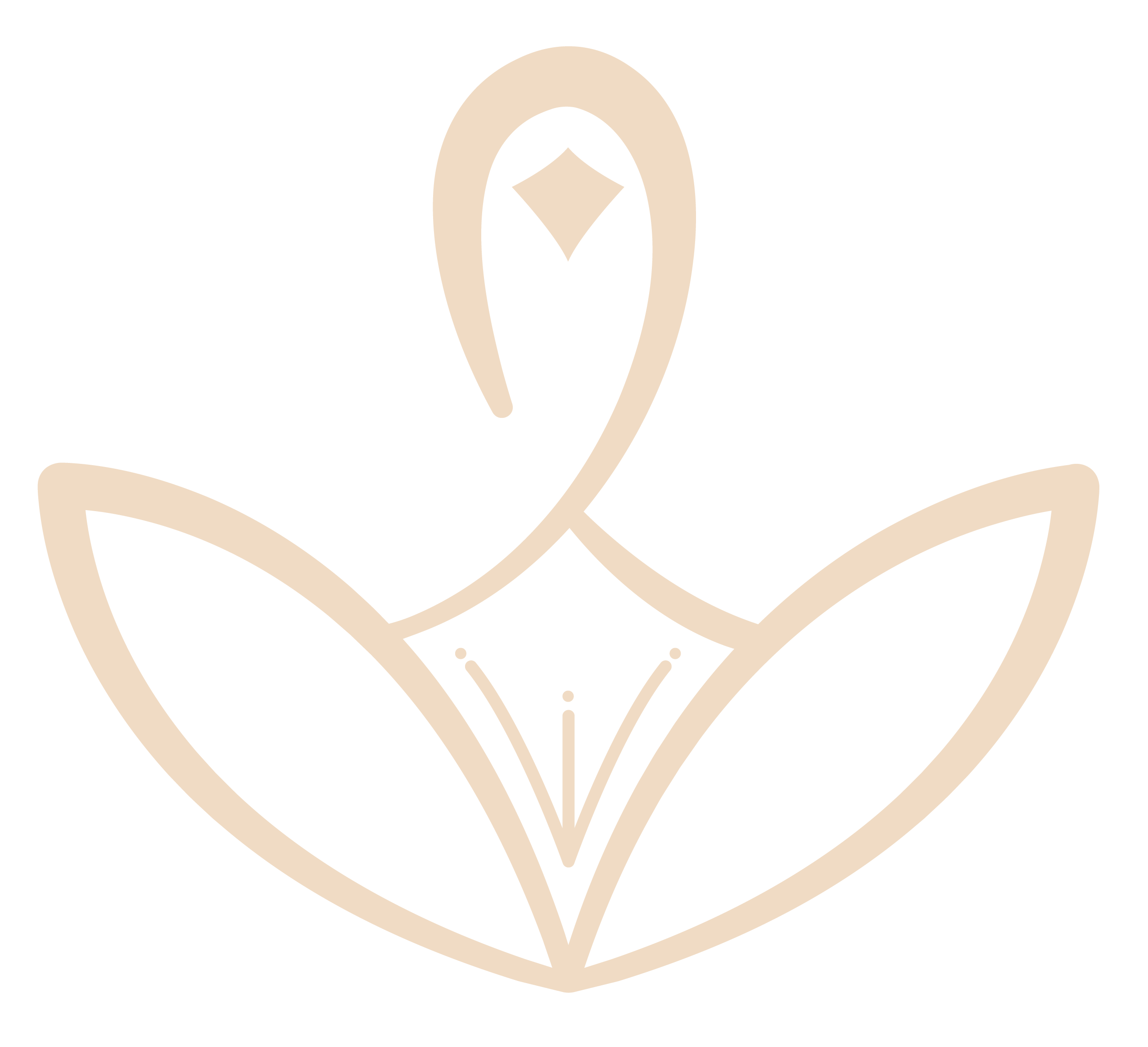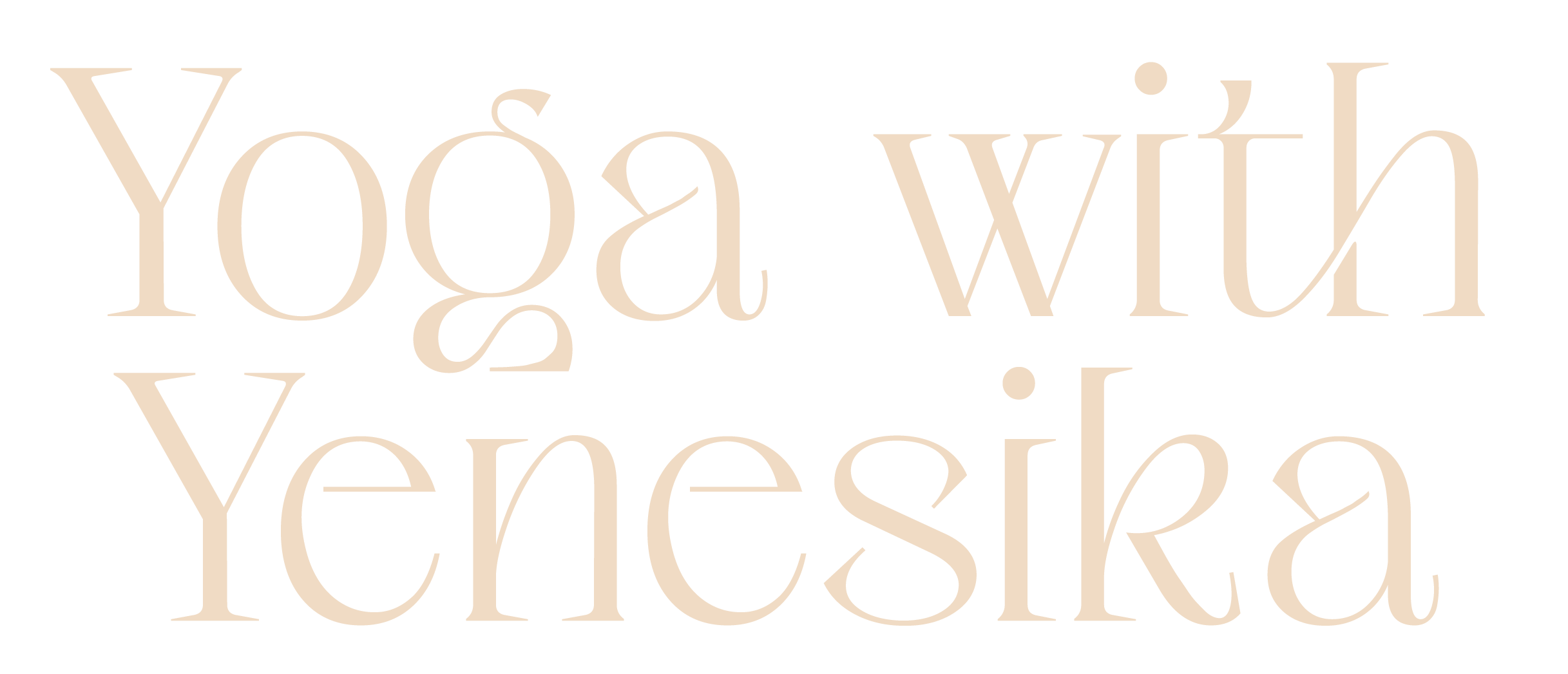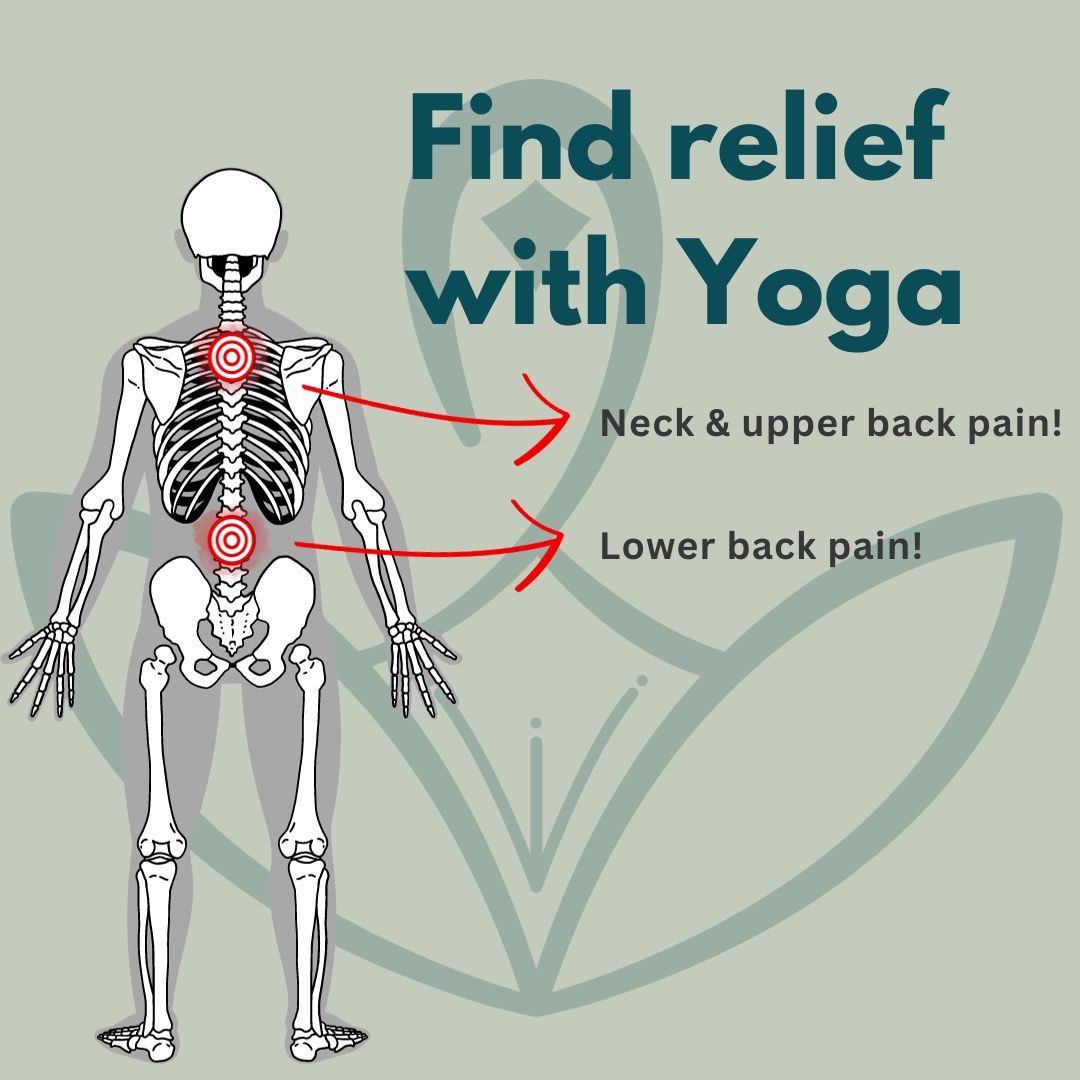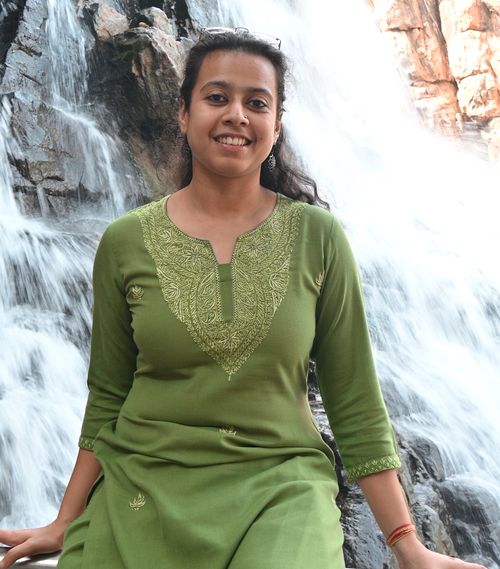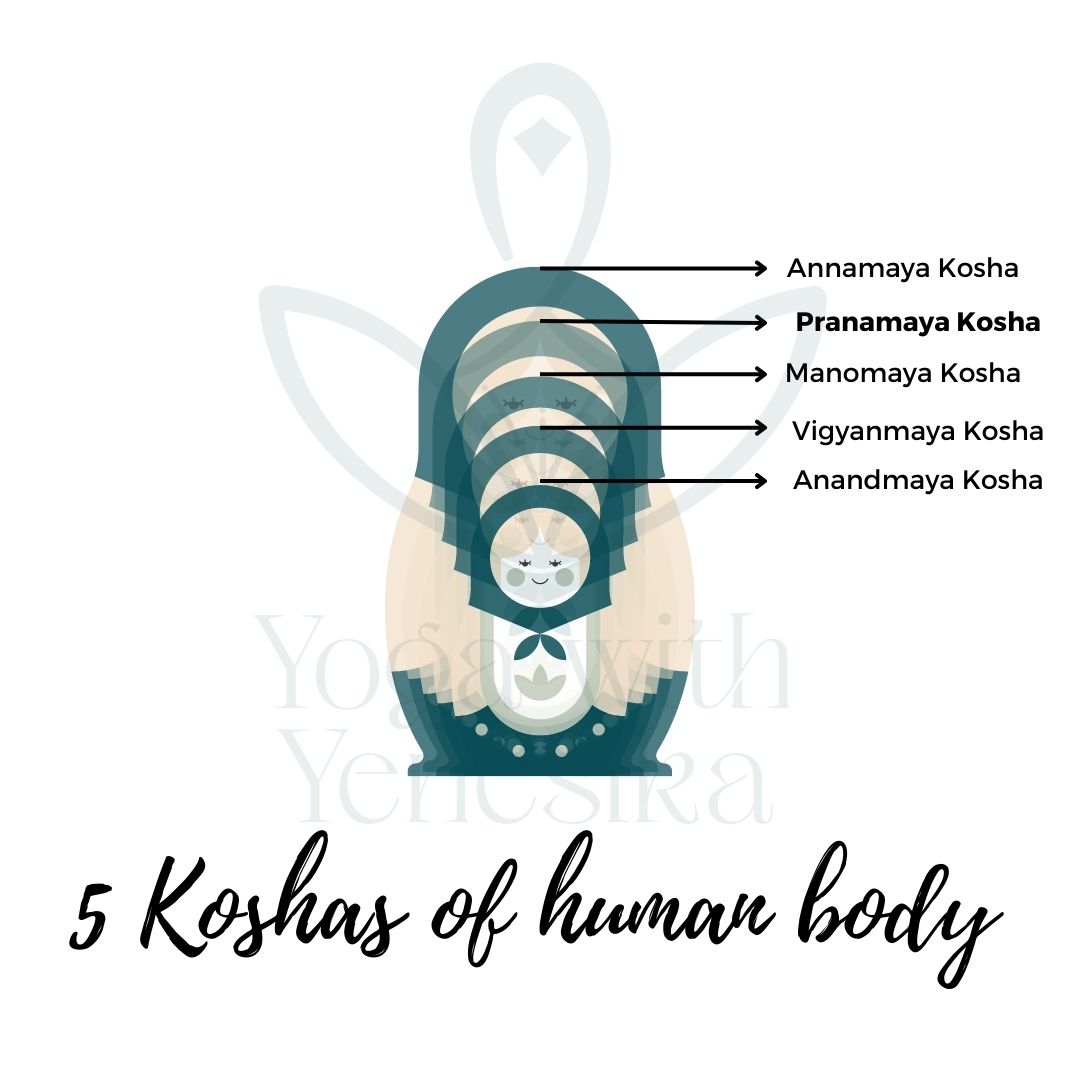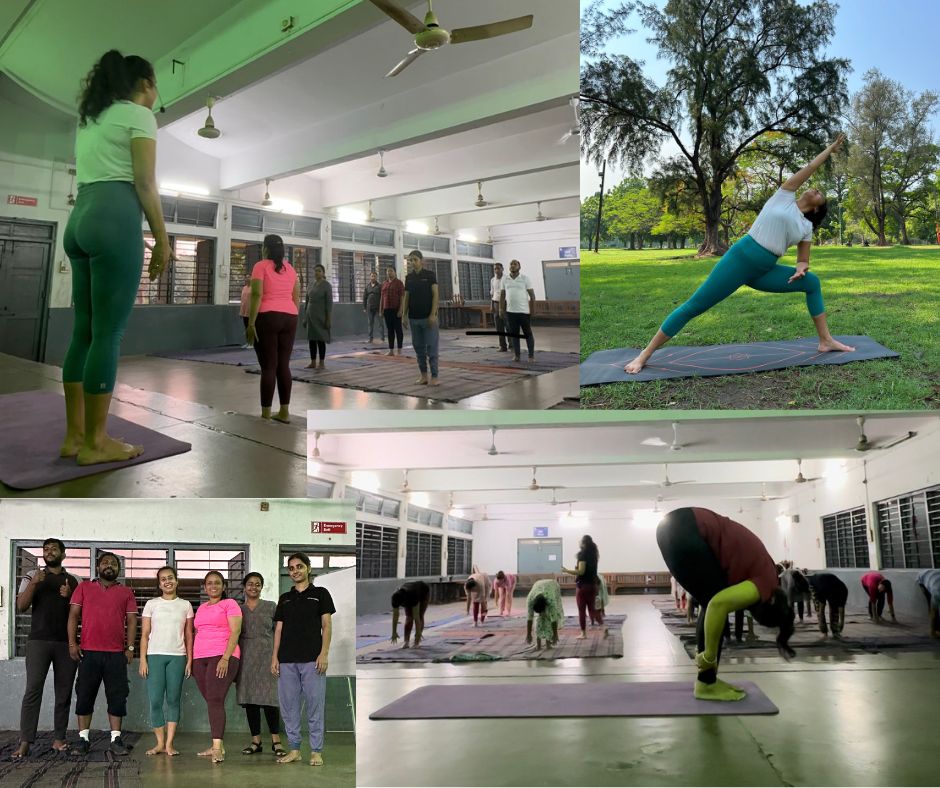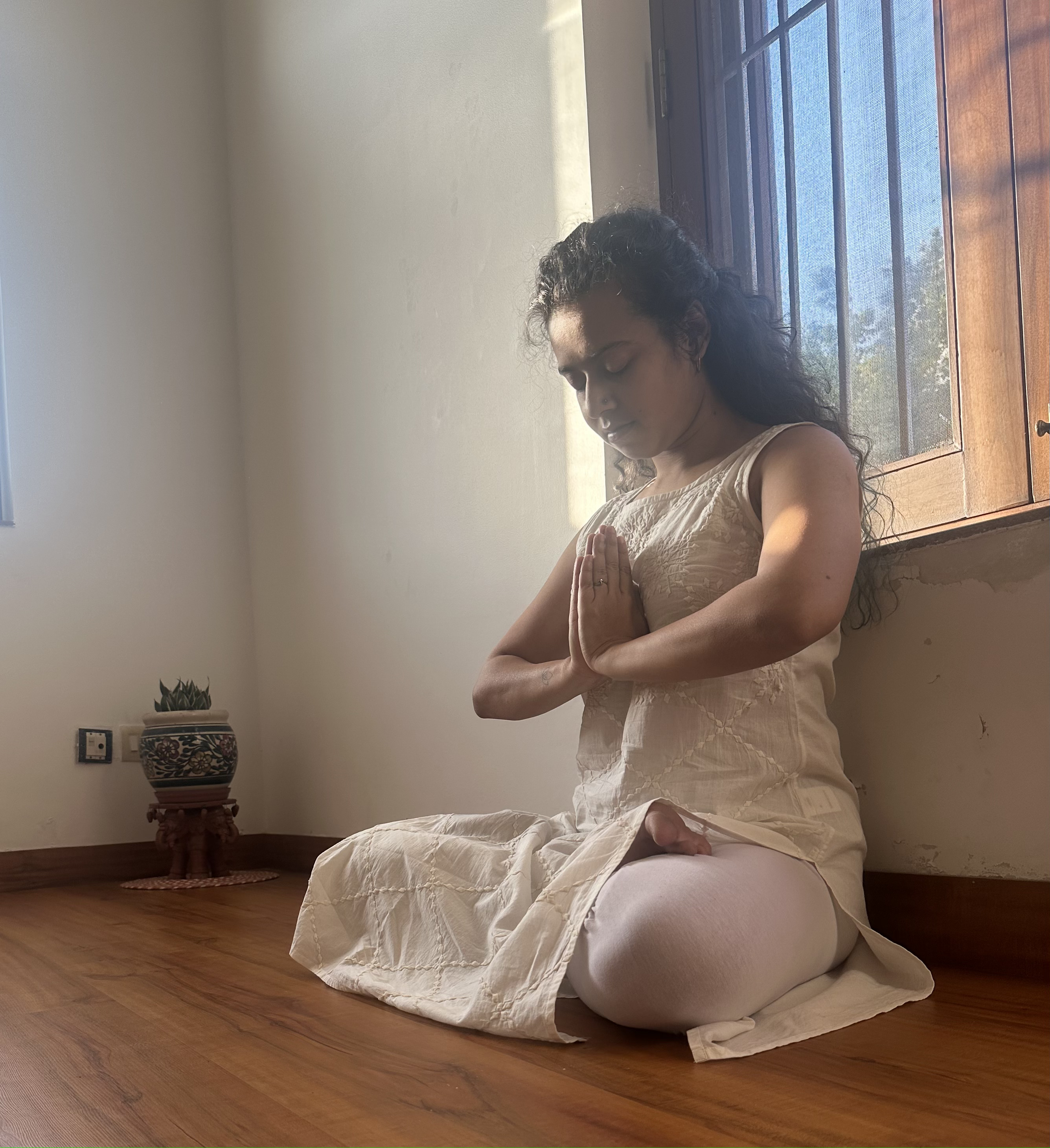In our modern, technology-driven world, many of us find ourselves spending prolonged hours sitting at desks, hunched over computers or slouched on couches staring at screens. This sedentary lifestyle often leads to debilitating back and neck pain, a common affliction in today’s society. Yoga, with its emphasis on mobilisation of joints, muscle activation and mindful movement, has emerged as a powerful solution to alleviate these discomforts, especially for those who spend extended periods sitting.
Understanding Muscle Activation in Yoga
Yoga is more than just a series of stretches and poses; it’s a practice that involves conscious muscle engagement and awareness. When performed mindfully, Yogabhyasa is a practice that uses Asanas to activate specific muscle groups, promoting strength, flexibility, and balance. Understanding the importance of muscle activation in Yoga is the key to relieving back and neck pain for individuals accustomed to prolonged periods of sitting.
Targeting Core Muscles
Sitting for extended hours weakens the core muscles, leads to poor posture and strained back muscles. For example, when our shoulders fall forward as a result of bad posture, it weakens the muscles in back. In order to prevent injury in these weakened muscles, they form a band-like structure creating a hump in the upper back. Yogabhyasa focuses on mobilising these muscles which have formed these band-like structures. Even easy Yoga Asanas (like Tadasana, Bhujangasana, etc.) activate our core muscles, including the abdominal muscles, obliques, and lower back muscles. These muscles protect our spine. Poses like Navasana and Phalakasana or plank engage these muscles, promoting stability and strength in the core. Strengthening the core muscles not only alleviates back pain but also improves posture, reducing the strain on the neck and shoulders.
Opening the Chest and Shoulders
Yoga poses like Gaumukhasana and Veerbhadrasana II stretches the chest and shoulders, promoting better posture and relieving tension in these areas. These poses counteract the effects of slouching, allowing the chest to open and the shoulders to relax, reducing strain on the neck and upper back muscles.
Strengthening the Neck Muscles
Neck pain is a common complaint for individuals of all ages as a result of frequent usage of smartphones. Yoga poses like Matsayasana and some of the Sukhshma Vyayama target the neck muscles and joints, improving their flexibility and strength. By gently stretching and activating the neck muscles, these poses alleviate tension and promote relaxation, providing relief from neck pain caused by prolonged periods of sitting.
Incorporating Breath and Mindfulness
Yogabhyasa places a strong emphasis on breath control and mindfulness. Deep, conscious breathing not only oxygenates the body but also calms the mind, reducing stress and muscle tension. Incorporating mindful breathing techniques into Yogabhyasa enhances relaxation and helps individuals release the accumulated tension in their back and neck muscles. By combining breath awareness with muscle activation, Yoga becomes a powerful tool for managing and preventing pain related to prolonged sitting.
For individuals who spend long hours sitting, Yogabhyasa offers a holistic approach to relieving back and neck pain. By understanding the principles of muscle activation, joint mobilization and incorporating mindful movement and breath control, Yoga becomes a transformative practice. Regular Yoga sessions under the guidance of a trained and qualified professional will not only alleviate existing pain but also prevent future discomfort by promoting strong, flexible muscles, healthy joints and improved posture.
Embracing Yoga as a part of daily life can lead to a pain-free, healthier, and more balanced lifestyle for those grappling with the challenges of a sedentary existence. Stay mindful, be healthy!
